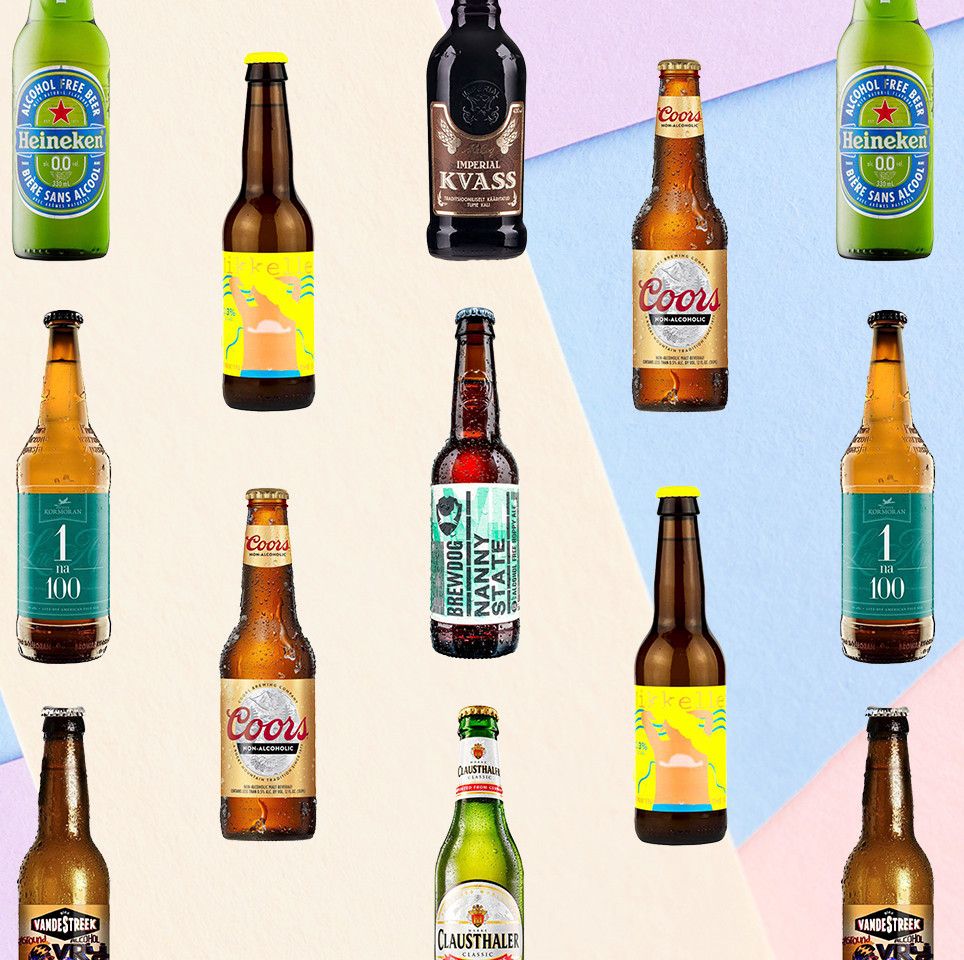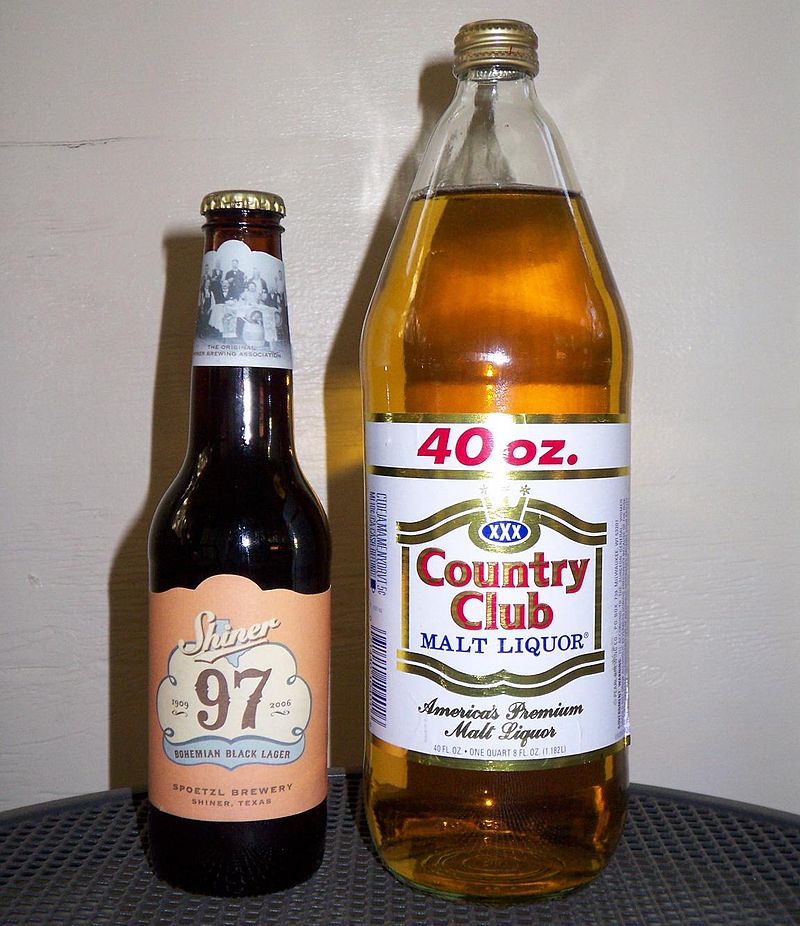Understanding the Craft of Purification: a Deep Dive Into Distillery Traditions
Exploring the complex art of purification reveals a globe soaked in classic customs that have formed the spirits we delight in today. From the old origins of purification methods to the modern-day evolution of distillery tools, each action in the process brings with it a rich tapestry of background and expertise. As we explore the delicate balance of modern versus standard distilling practices and discover the significance of vital components, a much deeper understanding emerges of the extensive impact distillery customs carry the spirits we enjoy.
Beginnings of Distillation Methods
The advancement of distillation strategies has a rich background that traces back to old human beings. The principle of dividing parts based on their various boiling factors laid the structure for the innovative purification procedures we have today.
The earliest proof of purification go back to around 3000 BC in Mesopotamia, where clay pots were used to boil down fragrances and fragrant oils. The Egyptians better progressed these strategies, making use of purification for embalming techniques and medical functions. The Greeks, significantly figures like Aristotle and Hippocrates, added to the academic understanding of purification.
In time, distillation spread to areas like India, China, and the Center East, each culture adding its unique touch to the craft. The advancement of purification methods proceeded with the Middle Ages and the Renaissance, ultimately bring about the varied range of distillation procedures utilized in modern distilleries worldwide.
Advancement of Distillery Tools

With developments in innovation and a deeper understanding of the purification procedure, contemporary distilleries now utilize a selection of innovative tools to create spirits of the best. Today, purification tools includes column stills, reflux stills, and hybrid stills, each designed to cater to particular distillation demands. These contemporary stills provide better temperature level guideline, enhanced purification accuracy, and greater effectiveness in separating alcohol from contaminations.
Along with stills, distilleries now make use of sophisticated condensers, fermenters, and filtration systems to more fine-tune the extract. The development of distillery devices continues to play a critical function fit the varied variety of spirits available out there today.
Conventional Vs. Modern Distilling Practices
In examining distilling techniques, the comparison in between traditional and modern methods discloses significant innovations in effectiveness and top quality. Conventional distilling techniques frequently entail time-honored methods passed down via generations, emphasizing workmanship and workmanship (Breweries in Galveston Texas). These techniques typically depend on copper pot stills and hand-operated processes that require a high level of skill and experience from the distillers. Alternatively, modern distilling methods utilize cutting-edge innovation and technology to streamline production procedures and boost consistency. Automated systems, computerized controls, and advanced devices allow contemporary distilleries to create spirits more effectively and with better accuracy.
While typical distilling techniques are valued for their heritage and the one-of-a-kind tastes they produce, contemporary approaches offer advantages in regards to scalability, websites top quality control, and sustainability. By incorporating clinical developments and modern engineering, distillers can maximize production, reduce waste, and satisfy the demands these days's market better. Ultimately, the choice in between standard and modern distilling methods commonly depends upon the distillery's goals, worths, and target audience.
Key Active Ingredients in Purification Process
Within the craft of purification, the choice of essential ingredients plays an essential role in establishing the flavor profile and top quality of the spirits produced. The key components utilized in the distillation process are commonly water, yeast, and a fermentable source such as grains, fruits, or sugarcane.
Water is a basic element as it not only thins down the alcohol material to a tasty level yet also influences the general mouthfeel and appearance of the spirit. The high quality and mineral web content of the water utilized can significantly affect the end product.
Yeast is one more crucial component that converts the sugars existing in the fermentable resource right into alcohol with the process of fermentation. Various strains of yeast can generate differing flavors and fragrances, adding to the unique attributes of the spirit.

Influence of Distillery Traditions on Spirits
The influence of historical distillery customs on spirits extends past the selection of vital components, forming the extremely significance and character of the last distilled products (Galveston Whiskey). These traditions, gave through generations, play a critical function in find more information specifying the distinct preference profiles and top qualities that distinguish one spirit from one more
Distillery traditions include a vast array of techniques, from the particular strategies used in purification to the selection old procedures used. The usage of typical copper pot stills in whiskey production is thought to impart certain flavors and attributes that are very valued by connoisseurs. The aging of spirits in oak barrels, a technique deeply rooted in distilling practices, contributes to the development of complex aromas and flavors over time.

Verdict
From the origins of distillation techniques to the modern practices, the impact of distillery traditions on spirits is indisputable. Distillery traditions play More hints a crucial duty in forming the spirits sector and protecting the heritage of purification practices.
Throughout the history of distillation, the tools utilized in distilleries has actually gone through significant development to improve efficiency and high quality of the distillation procedure.With developments in innovation and a much deeper understanding of the purification process, contemporary distilleries now use a variety of sophisticated equipment to create spirits of the highest top quality. Today, distillation equipment includes column stills, reflux stills, and hybrid stills, each made to cater to specific purification demands. From the origins of purification strategies to the contemporary practices, the effect of distillery traditions on spirits is indisputable. Distillery customs play a vital role in shaping the spirits market and preserving the heritage of distillation techniques.